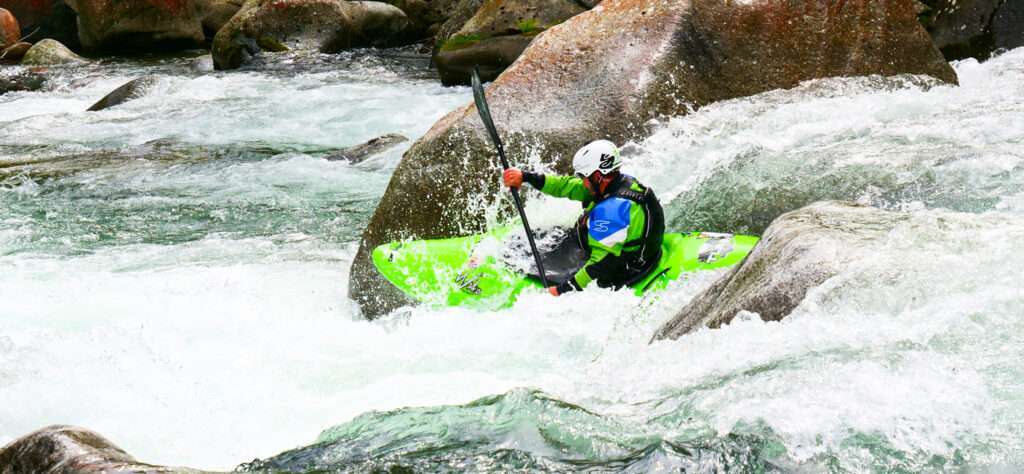Whitewater rafting has become increasingly accessible to people who aren’t necessarily daredevil adventurers. Manufacturers are making rafts of all sizes and sending people out on their way. If you are keen to learn how to whitewater raft, but you don’t want to spend thousands of dollars on multi-day guided trips, follow these suggestions for a safer experience.
Things You’ll Need:
- Experienced whitewater rafter, guide or instructor Excellent swimming skills Good physical health Appropriate safety equipment A clear understanding of water safety skills A clear understanding of how to navigate whitewater, including knowing how to read the water Basic rafting equipment (raft, oars/paddles, helmets, life jackets and safety equipment)
- Experienced whitewater rafter, guide or instructor
- Excellent swimming skills
- Good physical health
- Appropriate safety equipment
- A clear understanding of water safety skills
- A clear understanding of how to navigate whitewater, including knowing how to read the water
- Basic rafting equipment (raft, oars/paddles, helmets, life jackets and safety equipment)
Instructions
Step 1
Before you try whitewater rafting on your own, either go on a trip with an experienced guide, instructor or experienced rafter, or take a certified whitewater course. As a beginner, you should never be on a boat without an expert from whom you can learn the basics; otherwise, you could put yourself and others in danger. Additionally, you should read as much as you can about whitewater rafting (get a how-to book), check out some how-to videos, and talk with experts at your local rafting company and/or other experienced whitewater rafters. There are also whitewater rafting clubs you can join, as well as online message boards on which you can meet more skilled boaters.
Step 2
Learn how to read and navigate the water. You need to understand the rules of whitewater, which include how to differentiate between rapids and gauge their difficulty; what to do if the boat overturns; what to do if your boat gets stuck on a rock or in a hole; and how to deal with someone (including you) who falls out of the boat, among other things. If you don’t know these rules like the back of your hand, don’t go out on your own yet. You also need to know how to turn the boat, paddle forward and backward and clear obstacles. Learn and practice all these techniques on easy terrain first.
Step 3
Learn from an expert how to correctly use safety gear and other equipment, and then practice those skills repeatedly at your local pool, lake or slow-moving river. For example, make sure you know how to put on a life jacket correctly and that you can move in it comfortably both in and out of the water.
Step 4
Learn how to be a great swimmer, because your boat will inevitably turn over. Navigating a river is more complicated than swimming at your local pool, even with a life jacket on; you should always float down feet first, for example, so as not to hit boulders face first.
Step 5
Learn safety techniques from an expert. Consider getting certified in water safety at your local college, university, guide service or outdoor store.
Tips & Warnings
- Take your time when learning how to raft on whitewater. As with any sport, it’s a good idea to start on easy terrain (Class I-III rapids). Only when you have a solid base of experience with safety techniques, as well as with steering, rowing, and navigating rocks and other obstacles, should you try more difficult rapids (Class III+-V).
- This guide is meant only to tell you the basic things you need to know about whitewater rafting; it is not a comprehensive how-to guide.

